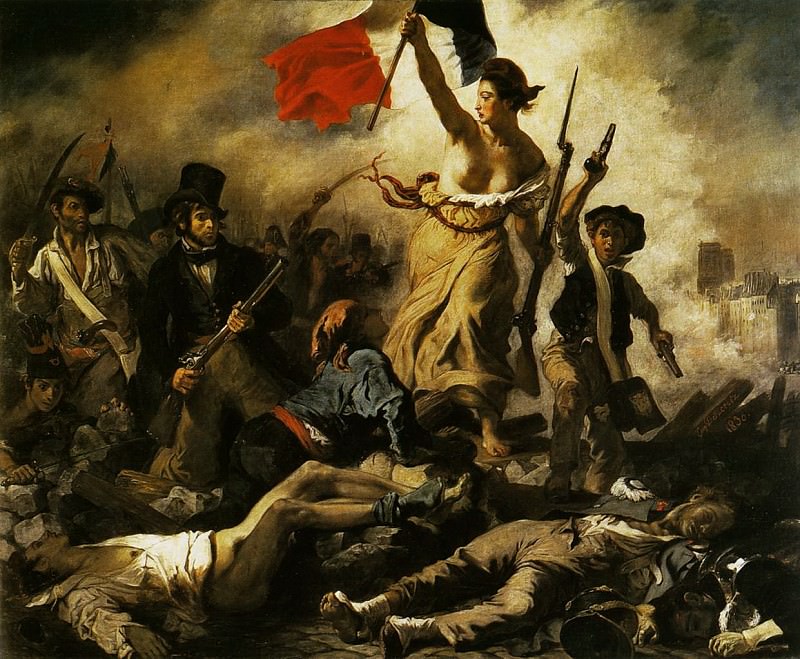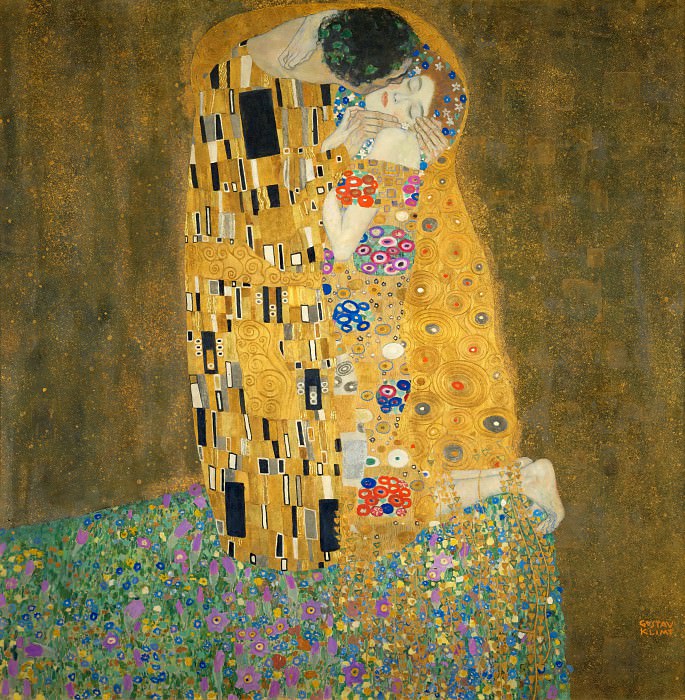The Life and Legacy of Robert Motherwell
Early Life and Education
Robert Motherwell, born on January 24, 1915, in Aberdeen, Washington, was a prominent figure in the American abstract expressionist movement. His journey into the world of art began in an intellectually stimulating environment; his father was a successful banker, and his mother was an artistically inclined homemaker. This blend of influences shaped Motherwell's dual interests in literature and art from a young age. He attended Stanford University, where he studied philosophy and received a Bachelor of Arts degree in 1937. His academic pursuit continued at Harvard University, where he briefly studied philosophy and aesthetics. It was at this juncture that Motherwell's passion for art began to crystallize, leading him to abandon his doctoral studies and focus entirely on painting.
Artistic Evolution
Motherwell's early works were heavily influenced by European modernism. His exposure to the works of Pablo Picasso, Henri Matisse, and the Surrealists played a crucial role in shaping his artistic vision. A pivotal moment in Motherwell's career occurred in 1940 when he moved to New York City. The city's vibrant art scene and its community of avant-garde artists provided fertile ground for his development. During this period, Motherwell met influential artists such as Jackson Pollock, Willem de Kooning, and Mark Rothko, who were instrumental in the formation of the Abstract Expressionist movement.
The Spanish Civil War Series
One of Motherwell's most renowned series, "Elegy to the Spanish Republic," epitomizes his commitment to merging political consciousness with abstract art. The series, consisting of over 150 paintings, was a poignant response to the Spanish Civil War and the fall of the Spanish Republic. Through these works, Motherwell sought to capture the tragedy and heroism of the war, using stark black and white forms to symbolize the conflict's brutality and the hope for a democratic resurgence. The repetitive motifs of ovoid shapes and vertical bars in this series became emblematic of Motherwell's style, reflecting his ability to convey profound emotional depth through abstract forms.
Influence of Surrealism
Surrealism profoundly impacted Motherwell's approach to art. His engagement with the Surrealist technique of "automatic drawing," where the artist allows the subconscious mind to guide the hand, led to the creation of spontaneous and emotionally charged works. This method was evident in his "Je t'aime" series, where the fluid and gestural strokes conveyed a sense of immediacy and intimacy. Motherwell's fascination with the unconscious mind and the exploration of inner emotions became central themes in his oeuvre, aligning him with the broader goals of the Abstract Expressionist movement.
Abstract Expressionism and the New York School
As a leading figure of the New York School, Motherwell played a pivotal role in defining Abstract Expressionism. This movement, characterized by large-scale, non-representational works, emphasized the act of painting as an expressive and dynamic process. Motherwell's contribution to this movement was not only through his paintings but also through his theoretical writings and lectures. He articulated the philosophical underpinnings of Abstract Expressionism, emphasizing the importance of spontaneity, individualism, and the existential search for meaning. His essays, such as "Beyond the Aesthetic," provided a theoretical framework that enriched the understanding of the movement and solidified his position as a key intellectual force among his peers.
Collage and Printmaking
In addition to his paintings, Motherwell was an innovative collagist and printmaker. His collages, often incorporating torn paper, newspaper clippings, and other materials, demonstrated his interest in the interplay between texture and form. Works like "Pancho Villa, Dead and Alive" showcased his ability to create complex compositions that were both visually dynamic and conceptually rich. Motherwell's printmaking, particularly his lithographs and etchings, further expanded his artistic repertoire. These works often revisited themes from his paintings and collages, allowing him to explore new dimensions and variations within his established motifs.
Legacy and Impact
Motherwell's legacy extends beyond his artistic achievements. As a teacher and mentor, he influenced a generation of artists through his tenure at Black Mountain College and Hunter College. His emphasis on the intellectual and philosophical aspects of art inspired his students to approach painting with a sense of purpose and depth. Motherwell's impact is also evident in the numerous exhibitions and retrospectives dedicated to his work. Institutions such as the Museum of Modern Art in New York and the Guggenheim Museum have celebrated his contributions, ensuring that his influence endures in the contemporary art world.
Personal Reflections and Philosophy
Motherwell's personal reflections on art provide insight into his creative process and philosophical outlook. He often spoke about the idea of painting as an existential journey, a way of grappling with the complexities of human experience. In interviews and writings, Motherwell emphasized the importance of authenticity and emotional truth in art. He believed that the artist's role was to convey the inner realities of existence, transcending the superficial and reaching for deeper truths. This philosophy is evident in his lifelong commitment to exploring new forms and techniques, constantly pushing the boundaries of abstract art.
The Spanish Civil War Series: A Closer Look
A deeper exploration of the "Elegy to the Spanish Republic" series reveals the layers of meaning embedded in these works. Each painting in the series serves as a meditation on loss, mourning, and resilience. The use of black, a dominant color in the series, symbolizes death and destruction, while the contrasting white elements suggest purity and hope. The interplay between these colors creates a visual tension that mirrors the conflict's emotional intensity. Motherwell's ability to distill complex historical and political events into abstract forms underscores his mastery of the medium and his dedication to using art as a means of social commentary.
Influence on Contemporary Art
Motherwell's influence extends to contemporary artists who continue to draw inspiration from his work. His innovative use of form, color, and texture has inspired artists across various disciplines, from painting and sculpture to digital art. Contemporary abstract painters often reference Motherwell's techniques and themes, exploring similar ideas of spontaneity, emotion, and abstraction. His legacy is also evident in the continued relevance of Abstract Expressionism as a powerful mode of artistic expression, with exhibitions and academic studies frequently revisiting the movement and Motherwell's contributions to it.
Conclusion
Robert Motherwell's art represents a profound and enduring exploration of human experience through abstraction. His commitment to merging intellectual rigor with emotional depth has left an indelible mark on the art world. From his early influences and involvement in the New York School to his innovative approaches to collage and printmaking, Motherwell's work continues to inspire and resonate with audiences. His legacy as a pioneer of Abstract Expressionism and a thoughtful, articulate artist ensures that his contributions will be celebrated for generations to come.

















